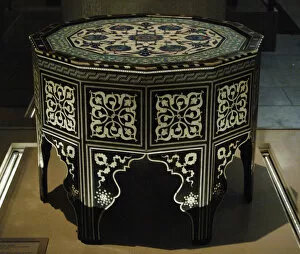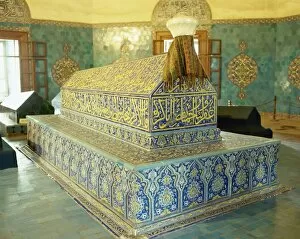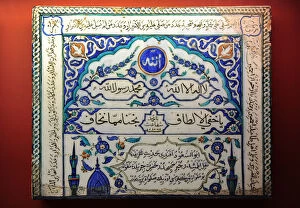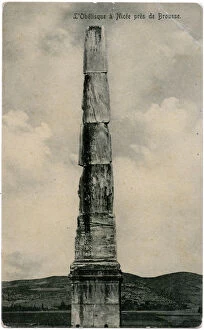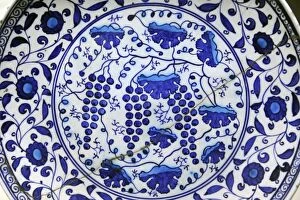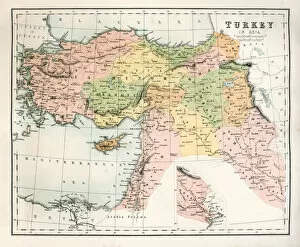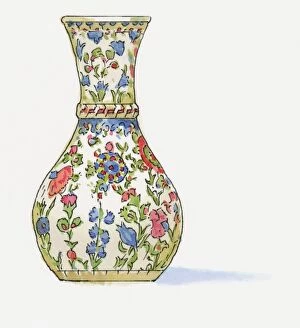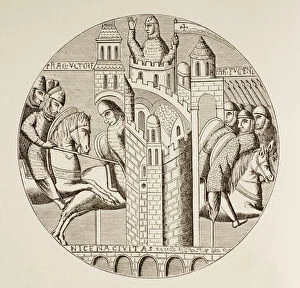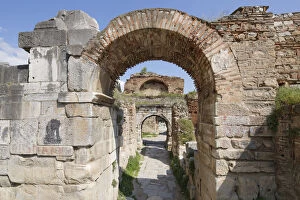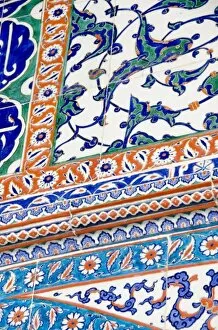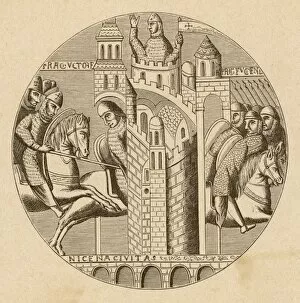Iznik Collection (#2)
Iznik, a small town in Turkey with a rich history and vibrant culture, is renowned for its exquisite artistry and stunning craftsmanship
For sale as Licensed Images
Choose your image, Select your licence and Download the media
Iznik, a small town in Turkey with a rich history and vibrant culture, is renowned for its exquisite artistry and stunning craftsmanship. One of the most notable features is its world-famous tiles, which can be found adorning various historical sites such as the Topkapi Palace in Istanbul. These intricately designed tiles showcase the mastery artisans and their ability to create breathtaking patterns and motifs. The influence of Iznik's pottery can be traced back centuries ago, even before it gained prominence during the Ottoman Empire. The Council of Nicaea held in 325 A. D. , now modern-day Iznik, played a significant role in shaping Christianity. This historic event brought together religious leaders from all over Europe to discuss matters of faith and doctrine. Today, visitors can witness the grandeur of Iznik's legacy at places like Topkapi Palace where they will find rooms adorned with these beautiful tiles. The circumcision room stands out with its intricate tilework that adds an air of elegance to this sacred space. But it's not just about tiles; it has made significant contributions to other forms of art. Ottoman marquetry and tile-top tables are prime examples showcasing the region's talent for woodworking combined with delicate tile designs. Islamic art enthusiasts will appreciate how Iznik artists have depicted scenes from Medina on their tiles, capturing moments from Islamic history with remarkable precision. Beyond its artistic heritage, it offers breathtaking landscapes that captivate both locals and tourists alike. From witnessing mesmerizing sunrises at iconic landmarks like the Blue Mosque in Istanbul to exploring hidden gems such as Rustem Pasha Mosque adorned with prayer mats at its entrance - there is no shortage of beauty to behold in this enchanting town. Whether you're fascinated by ancient history or simply appreciate fine craftsmanship, a visit to Iznik promises an unforgettable experience filled with awe-inspiring art, cultural richness, and natural wonders.

